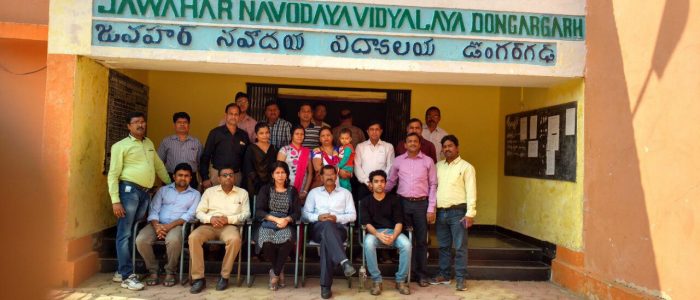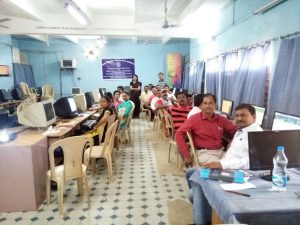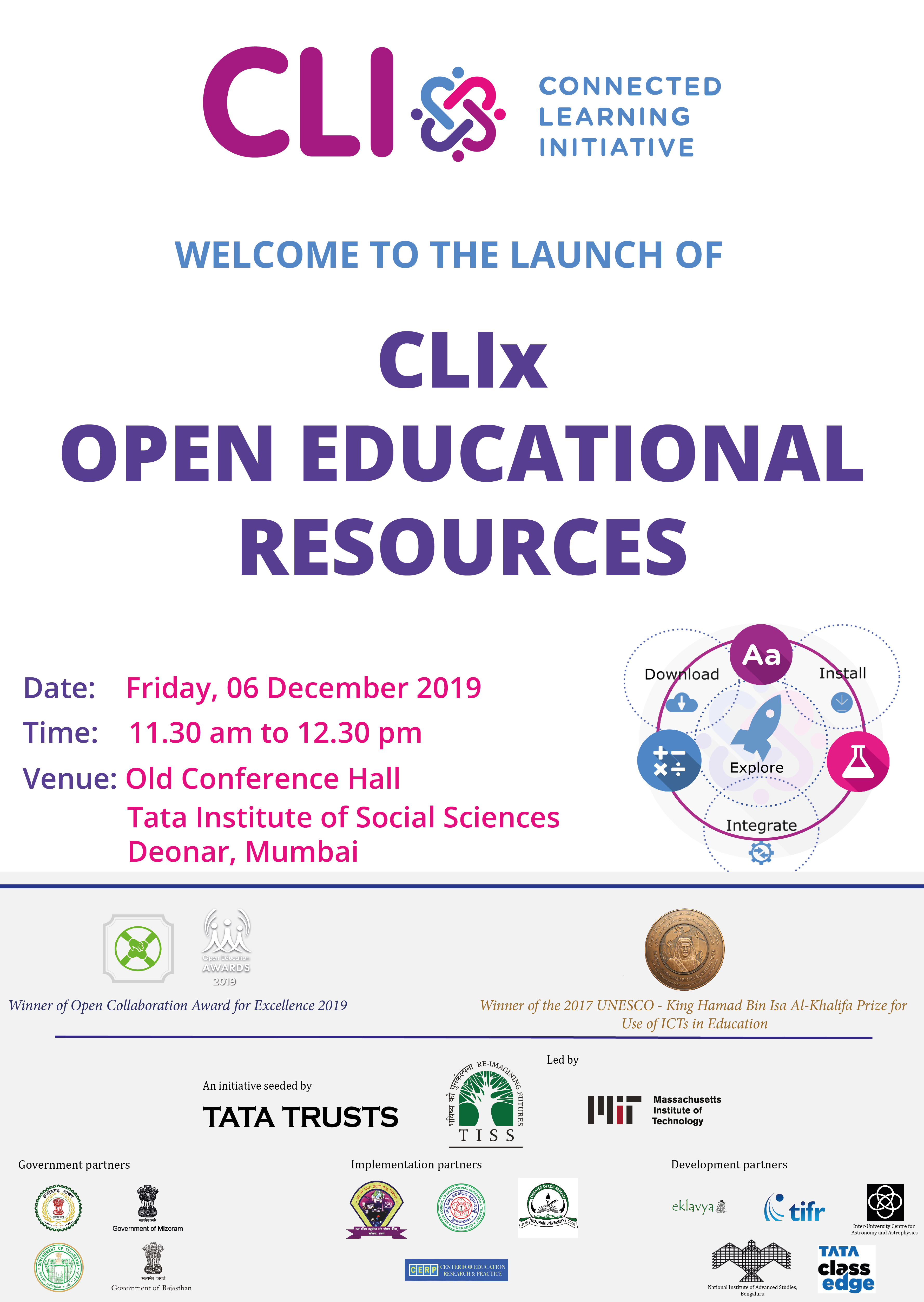Chhattisgarh NVS Workshop (06.11.17 – 11.11.17)
In this blog, we describe the activities that mathematics teachers from Navodaya Vidyalaya Samiti engaged in during the face-to-faceworkshop held by CLIx in Dongargarh in Chhattisgarh. The facilitator team comprised Ruchi S. Kumar, Sumegh Paltiwale and Hari Mishra from CLIx.
Workshops for Navodaya Vidyalaya Samiti (NVS) mathematics teachers were held in Dongargarh, a townin Chhattisgarh. This town is known for its religious tolerance. We could see it as we entered the town — on the very first hilltop was a famous badimata temple, on another a giant statue of Buddha, on a third a Jain pilgrimage site and on still another hilltop a church with a large cross.
Our day started with a sight of the sun rising from behind the giant Buddha statue. The teachers were eagerly waiting for the maths workshop to start even before we reached the venue. We discussed the meaning of a ‘reflective practitioner’ and then discussed how the reflective mathematics teaching course would help teachers to develop students’ understanding of mathematics. Teachers then engaged in the Tangram activity to make different shapes using the seven pieces cut out of a square. The most interesting discussion was about the kinds of questions that can be asked using the tangram activity. Teachers discovered that it can be used to discuss a variety of concepts like area, shapes, perimeter, congruency, similarity, and even some theorems. The Turtle logo activity followed in which some teachers quickly graduated from making a square to making a circle and discussing whether it is right to call it a circle. This is because the shape that looks like a circle actually is an n-gon, a polygon with n sides, and a very small degree of shift of turtle.
Teachers were then introduced to the Police Quad game by playing the guessing game using a variety of shapes. Teachers had to guess the property that I, the other player, had selected based on my responses about shapes that have the property and those that don’t. This had a parallel with the Police Quad game since in Mission 1, the player has to identify the shapes that match the description given in the clue and release the shapes that do not have the specified property. Teachers had fun playing the Police Quad game, which reminded them of chor police, a game they had played in their childhood. Many released the culprit instead of the innocent by mistake. Teachers felt that students would find the game interesting.
The discussion on why mathematics teaching must focus on fundamental concepts led to a debate about whether multiplication tables should be taught or not. Although students need to know multiplication tables to calculate answers quickly, they can easily construct these tables if they understand the properties of commutativity, associativity and distributivity.
The session on Geogebra was exciting for teachers when they could see the advantages that Geogebra offers for verifying the midpoint theorem as numerous examples of quadrilaterals can be explored using its ‘move’. Through Geogebra, teachers were able to see how geometrical shapes can be changed dynamically and identify that properties that remain invariant. This can help students in coming up with conjectures and generalisations of their own as well as understanding the need for proof.
Teachers engaged in the activities in the proportional reasoning module next, in which they divided different amounts of food items among different numbers of people using the cutting tool or by dividing the food items into groups and then distributing the parts among the group of people or the individuals.
Ruchi Kumar, Assistant Professor, Maths Team, CLIx






